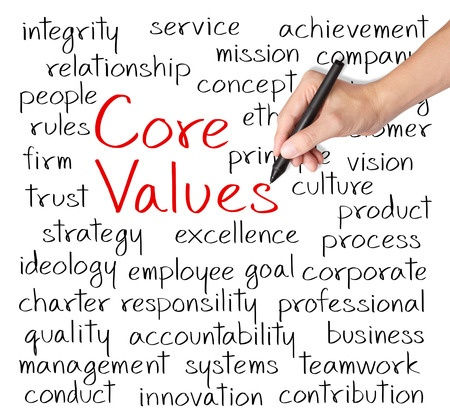Getting Started
When you get off on the right foot, it helps ensure the safety management system and its people, policies, programs, and procedures work effectively.
To understand what we mean by the statement above, let's look at the definitions of each and how they differ.
- Values: Values are deeply held principled beliefs that do not change with circumstances. Values reflect a person's ethics, morals, and codes of behavior. If you see a list of values, they will not be listed by importance. All the values are considered equally important.
- Priorities: If a person regards something as more important than another, it is a priority. The most important things will be given higher priority and greater attention. A prioritized list will always be numbered with higher priority things listed first.
- Values vs. Priorities: The two primary differences between values and priorities are:
- Values don't change: This statement is important especially when the "going gets tough." For instance, if a project was behind schedule, safety would not be ignored to meet a deadline.
- Priorities do change: As circumstances change, so do priorities. If safety procedures are ignored or modified in the attempt to keep a schedule, you know safety is merely a priority and not a value.
We’ve all seen the familiar Safety First sign in the workplace - it’s a good example of a value statement written as a priority. If safety isn’t actually a core value, the sign will remind employees of that fact when employees see it. As a result, the company’s safety culture and performance will suffer.
A few examples of safety policies that promote safety as a value:
- Safety is a part of everyone's job description and is included in performance appraisals.
- Management complies with the same safety rules as employees - no exceptions.
- Accountability applies equally to all employees: bottom to top.
Knowledge Check Choose the best answer for the question.
3-1. How do you know something is a management core value?
You forgot to answer the question!

